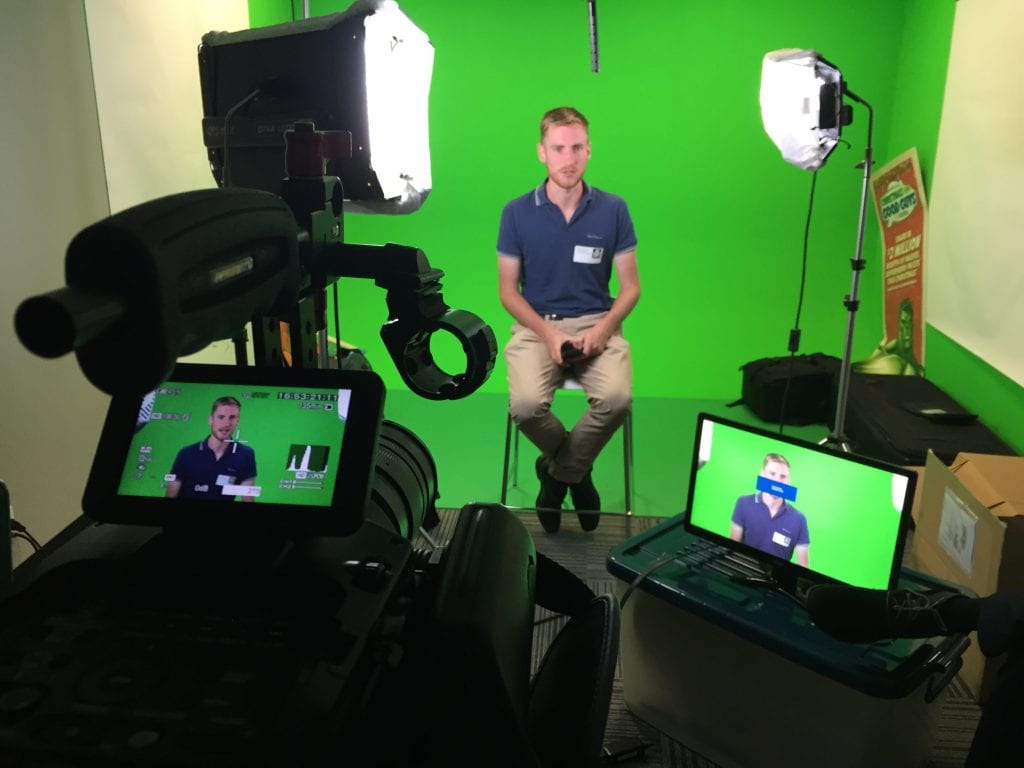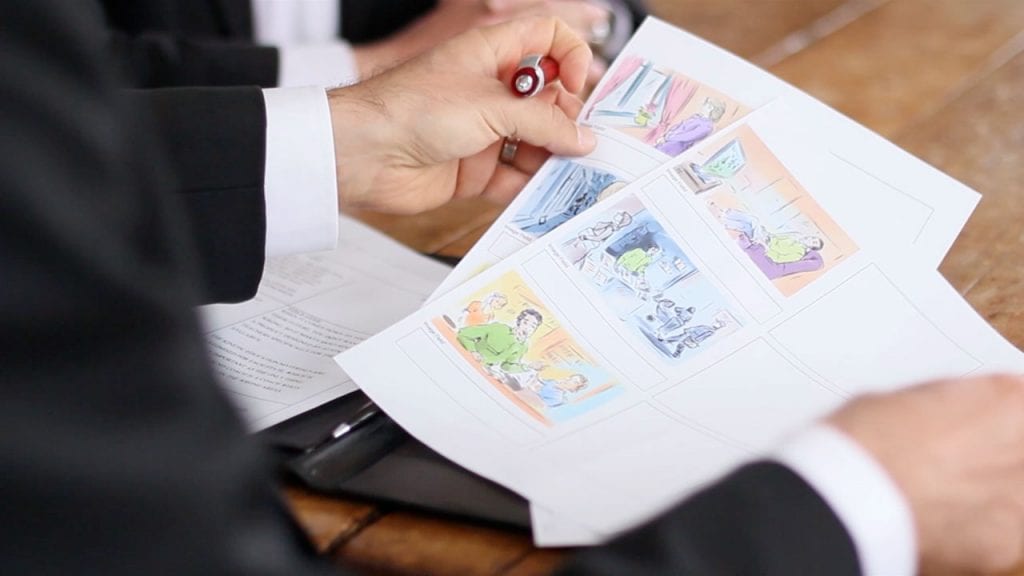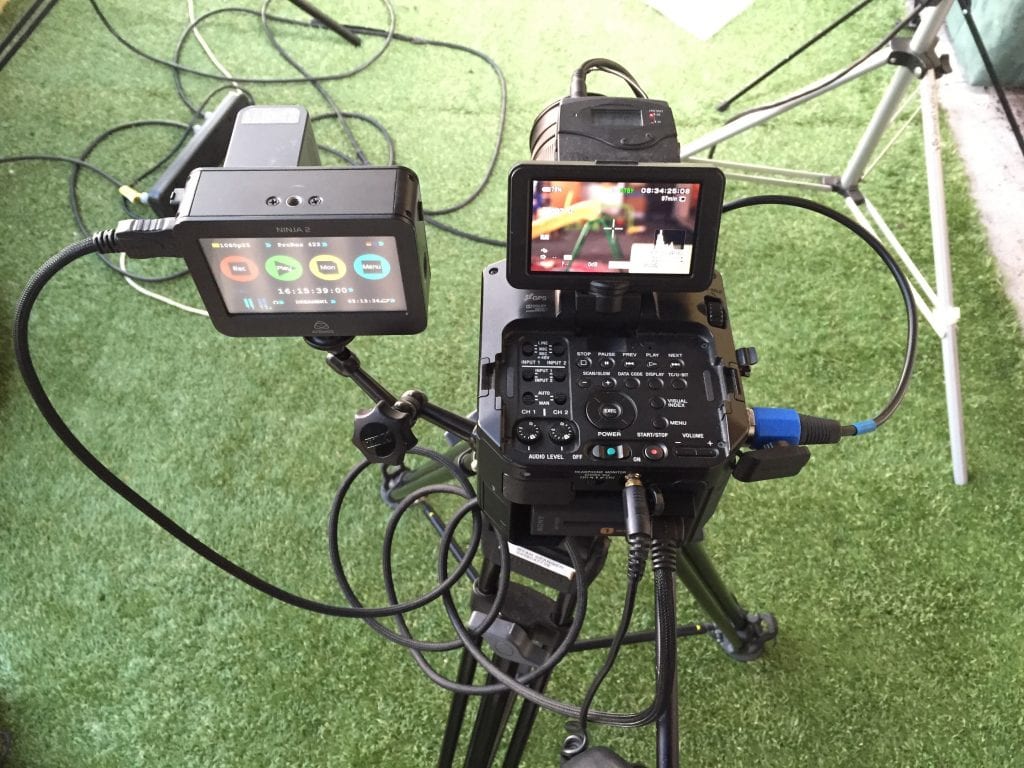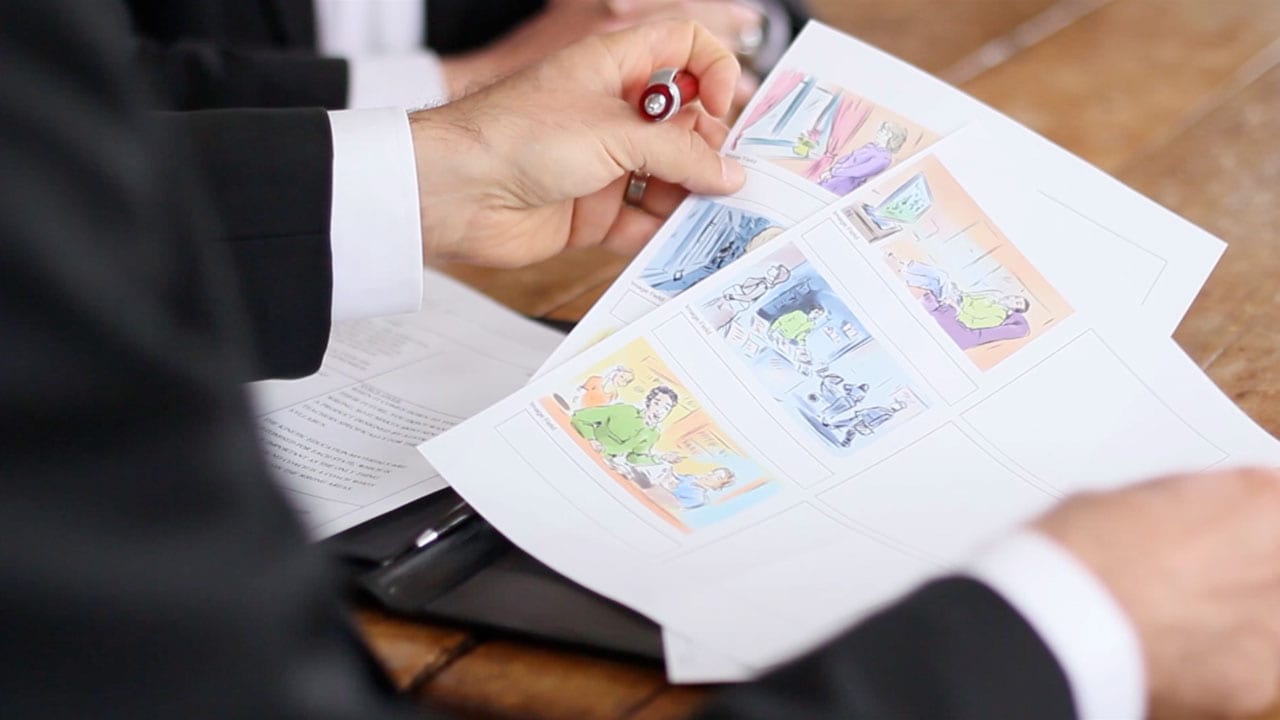If you haven’t worked with a video production company before, the first time you produce a video it can be a world that is unfamiliar and confusing. In such a situation the process is a completely new experience, and therefore it can sometimes be hard to understand the different parts of the video production process. At Dream Engine, we’ve found that you will have a better customer experience when you are more familiar with the process. Therefore I will outline some of the key phases of video production and some of the terms we use during the process. Hopefully this will improve your overall experience and ensure that you have a good picture of what it is exactly that we do.
The three phases of video production are as follows: preproduction, production and post production. Each phase has certain processes and tasks, and all are linked. As you will see, the most important phase is Preproduction, as it informs the entire rest of the process and lays the groundwork for a successful video production.

Preproduction
This is the planning phase, which occurs first before the production phase – which is why we use the term preproduction. This phase makes sure that before we start our process we have a clear idea of where we are headed, and how we are going to get there. This is an essential part of the process that is absolutely critical in ensuring that every element of the production has been considered before going into the actual production phase. In order to produce a good result we need to have a clear idea of what it is that you – our client wants to achieve or the desired end result.
Imagine that this phase is like the time spent designing a house – you wouldn’t start building a house before having a very clear idea of the house that you are trying to build and the parts that will make it up – the number of bedrooms, the specific fittings, a certain style. Preproduction is exactly the same, and therefore we need to ask a few questions to help us get onto the same page as you in terms of the desired end product. By working out what we want to create, we can then work backwards and work out the pieces we need in order to be able to do that. At Dream Engine we need to fully understand your needs and desires, to make sure that we can provide you with a product that achieves its purpose. In doing this we need to determine the following:
– the type of video (corporate video, web video, event video, training video, television commercial )
– the purpose of the video / intended impact of the video
– the product or service you want to promote
– intended audience and their level of familiarity with your products/services
– key messages to be delivered
– if there is a particular style or look desired for the final video
– where it will be displayed (eg. online, on television, at an event)
– whether the video will be displayed as a standalone video or whether it is part of a larger presentation
– delivery (e.g.. web video like Youtube or Vimeo, DVD, mobile devices)
From this point we can start to form a better picture of what it is that you have in your mind, the key message to be communicated and the intended audience. This allows us to start developing a strong concept and to start thinking of the best way to get that message across to the chosen audience. In some cases a script can be created which outlines the key statements or voiceover to be heard during the video. A storyboard or visual guide can also be created showing the types of shots to be captured during filming. At this stage, we can start to see our final video on paper and you can see what direction the production is heading, and ask questions or make changes to the plan. With a strong planning phase behind us, we can start planning which pieces of equipment/techniques will allow us to achieve these aims before heading into the production phase.

Production
This is the part of the process where we capture all of the pieces we need to put together the final video we want, and is informed by our preproduction phase – where we determined what pieces we needed. In the production phase we conduct the actual filming to capture the video and sound with our cameras. Imagine that this phase is like the sourcing of all the materials required in order to build the house we designed in preproduction – we have to make sure that we have all of the pieces we need or we won’t be able to build that house. If we’re doing animation rather than filming, this is when the animator begins this process. This phase may include any or all of the following:
– filming of interviews on site at your place of business in,
– filming of interviews against a green screen (allows for background replacement in the final video)
– filming your product or service being used or in operation on site or in a studio
– filming actors playing a customer or client of yours
– filming at multiple locations
– filming customer interactions
– filming time-lapses
– recording a voiceover artist

Post Production
This is the final phase where we bring together all of the media (interview footage, sound recordings and other footage) to begin to create the final video we have been planning. Having gone through a thorough preproduction phase, we will now have all of the ‘pieces’ to do so. To continue with the building of the house analogy, this would be where we finally start to use all of the pieces we collected in production to actually build the house or put together the video we have been planning. This is usually the most time consuming phase of video production, and can take many days or weeks to complete depending on the size of the production. A key task in post production is editing, which involves watching through all of the footage captured and selectively choosing smaller sections of the video footage or ‘shots’, and combining them with other shots in a desired sequence.
We use professional editing software to combine all of these shots with other elements like sound recordings, music, titles and animations. Editing is also about watching through several different versions or ‘takes’ of the same thing and finding the best or most suitable version for the video being created. Different takes could be answers to a question or an actor performing a particular action or a voiceover artist giving different readings of the same material. Adding music usually helps to make your final video more interesting, and different styles of music can give the video a very different feel. Music is something that is very subjective – a track that one person loves will be hated by someone else, so sometimes it’s a matter of providing you with a link to a music library and selecting it yourself.
From here it becomes about putting the selected shots into a particular sequence that produces the desired result, and in creating the right tempo or rhythm for the final video. Once the video has been edited together, it should resemble what we planned for in the preproduction phase, as the storyboard has been approved and the footage was captured according to that plan. Next we add titles for subjects interviewed in the video and company logos, and can create motion graphics as required. At this point we begin ‘colour grading’ the footage, which means that colour and contrast are manipulated through software, to stylise the look of the video and enhance its visual impact on an audience.
Conclusion
The key takeaway from this article should be that the preproduction phase is critically important in terms of the planning of a video production, and that its importance can not be underestimated. By spending the time in preproduction to carefully consider the production we can ensure that the next two phases run smoothly. It informs us of which pieces we absolutely must have if we want to create the video we planned for in the initial phase, and therefore we know what we need to source or create during the production phase. As you can see from the post production section, without the careful planning that we did in the preproduction phase we would be limited in the ‘house’ that we could build or the video that we could create.

Ryan Spanger is one of Melbourne’s most respected and sought-after video production professionals. Ryan founded Dream Engine in 2002, and specialises in helping medium to large corporates, government departments, and the non-profit sector to connect with their audience more effectively by using video.

